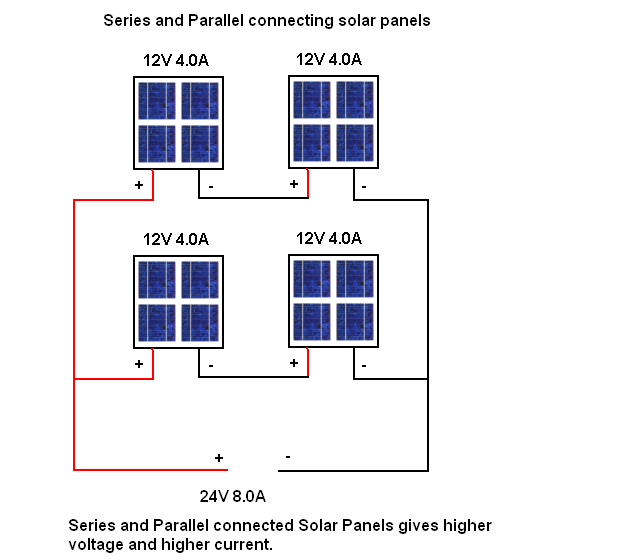posted 7 years ago
I am not a super expert on solar systems, but I consider myself to be beyond novice at batteries in general- especially lead acid sealed and unsealed types. (Glass mat, standard car battery, etc.)
I run a program here in North Dakota where I give away refurbished Uninterruptible Power Supplies to police, fire, medical and county\city governments. I take old emergency lighting, alarm batteries, etc that are being tossed by companies here about along with UPSs that "no longer work." I take batteries from elevator companies, alarm companies, that sort of thing. Many can be salvaged to at least 80%, most 90% or better of original capacity, simply by popping their supposed "sealed" status and adding in distilled water to each cell. Then doing a light charge, topping off again and repeat until you are sure it's ready for a full charge. It usually takes two light charges to make them "settle in" and absorb enough water back into the mat to return to normal capacity.
My point to that is, that I have learned a few tricks about batteries in series or parallel. And it sounds like to me that I know what's happening here. Or at least might suggest a way to determine what might be happening.
So anytime you have more than one battery in a system, an odd thing can happen. Let's say you have two old batteries wired up like I do. You take the first one and let's say it's at 95% of original capacity. Certainly still useable, nearly brand new. And you place that in partnership with a battery that's running at 80% efficiency. In a "dumb" system, the machine does not care. But in a smart system, it can cause trouble. Here's how.
The charge controller is always busy monitoring these batteries, trying to keep them at peak. That is of course what you want. But with unequal batteries, the machine can get confused.
Now I am not an expert, but I know from a practical sense this happens and I have seen it with my own eyes. A charger works by measuring resistance to current in the charge circuit. When it senses the system is filling, it backs off the amps and gently tops off. Well you can then see how having more than one battery in a system can confuse the charge controller. The battery at 98% efficiency is screaming, "Hey I am starving here!" The other is screaming, "I am going to burst!" because it's at 80% efficiency and will hold far less of a charge. Put those in series and you can confuse the heck out of a battery charge controller. Especially since the weak battery will not pass current through like the strong one will. The charge controller has no way to adapt and so throws an alarm. It's trying to tell you, "One of these things is not like the other, one of these things is dead..." (Sorry, a spoof on a popular children's show here in the states.)
So here's how to check if that is the issue. Sure, you could measure specific gravity, etc, but the simplest, easy way is to charge each battery separately. Once the system says battery A is fully charged, let it settle down to base voltage. Batteries are "hot" after charging and will lie to you about their voltage state. Give them a while to settle, like say, two hours. Charge battery B while you wait. Measure the voltage in battery A two hours after charging. Then measure the voltage in battery B two hours after charging. If there's a significant difference, you found your problem.
One of these batteries is likely not what it use to be and the charge controller is trying to tell you that. It's smart enough to know there's a problem.
Again, I am no expert, but my lack of knowledge means I notice the little things. Instead of thinking this is a problem with the system, my spidy senses tell me you have a bad battery. One of them is going south and the controller is saying so. Therefore it does not want to ruin the other, still good battery.
You can likely still use the "bad" one. Just make sure it's in a system with other "geriatric" batteries. If it's a sealed lead acid, it might just need some distilled water. I can write up how I salvage geriatric SLAs and send it to you if you like.
Do let us know if this bit of advice proves true, won't you?
JR






































 1
1


































